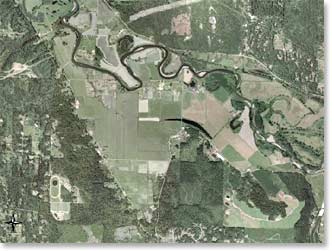King County's environment
This page provides an introduction to the characteristics and physical features of King County including its biological environment. To find environmental services, please see Environmental services in King County, Washington.
Physiography
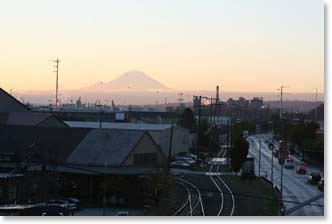
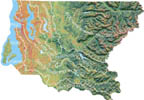
Across King County, residents live among trees and look up to the Cascade Mountains in the east, Mount Rainier to the south and the Olympic Mountains to the west, with marvelous views of Puget Sound and the region's many lakes.
Climate
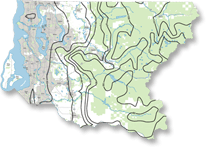
As the climate continues changing in King County, we expect more rain and probably more flooding from extreme precipitation events, less snowpack in the mountains lasting into summer, rising sea level along the Puget Sound shoreline and more severe droughts during summer.
Animals and plants
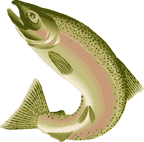
Biodiversity in King County
- Puget Sound marine life photos
- Native Plant Guide
- Noxious weeds
- Animals, plants and habitat
- Salmon and trout
Statistics
- More than 8,000 infestations of Class A and B noxious weeds are controlled in the County each year (2011)
- In the last five years, more than 76,600 lineal feet of riparian buffer and 2,900 lineal feet of marine shoreline have been restored (2010).
Water resources
King County watersheds, rivers and streams
- King County lakes
- Puget Sound marine environment
- Interactive map - hydrographic information
Statistics
- 760 lakes and reservoirs
- 975 wetlands
- 38.15 inches average annual participation
- 6 major river systems
- 3,000 miles of streams
- 100 miles of marine coastline
Farms and forests
Statistics (2010)
- 850,000 acres of forestlands
- Number of farms: 1,800;
- Acres of farmland in production: 50,000;
- Number of farmers markets in King County: 41;
- Acres of farmland preserved through the Farmland Preservation Program: 13,200;
Enjoyment and appreciation
The logos that identify most cities in King County incorporate images of water, mountains, trees and/or wildlife. Our environment is very much a part of the region's identity.
In King County, environmentally-precious lands such as waterfront properties, land with water views or mountain views, and lands near parks and trails are generally more valuable owing to intense competition in our market economy. Yet, King County offers hundreds of parks, trails and natural lands owned by the public and open for the enjoyment of all residents, rich and poor alike.
In 2012, King County celebrated the 30th Anniversary of Conservation Futures, a forward-thinking tax program that King County voters approved decades ago to protect and set aside the best places from development including parks, trails, forests and farms. An anniversary video describes the historical importance of our citizen-supported tax program:

Infographic: King County's environment
Related information
- Environmental services
- Watersheds, rivers and streams
- Natural resource maps
- King County parks and trails

 Translate
Translate
